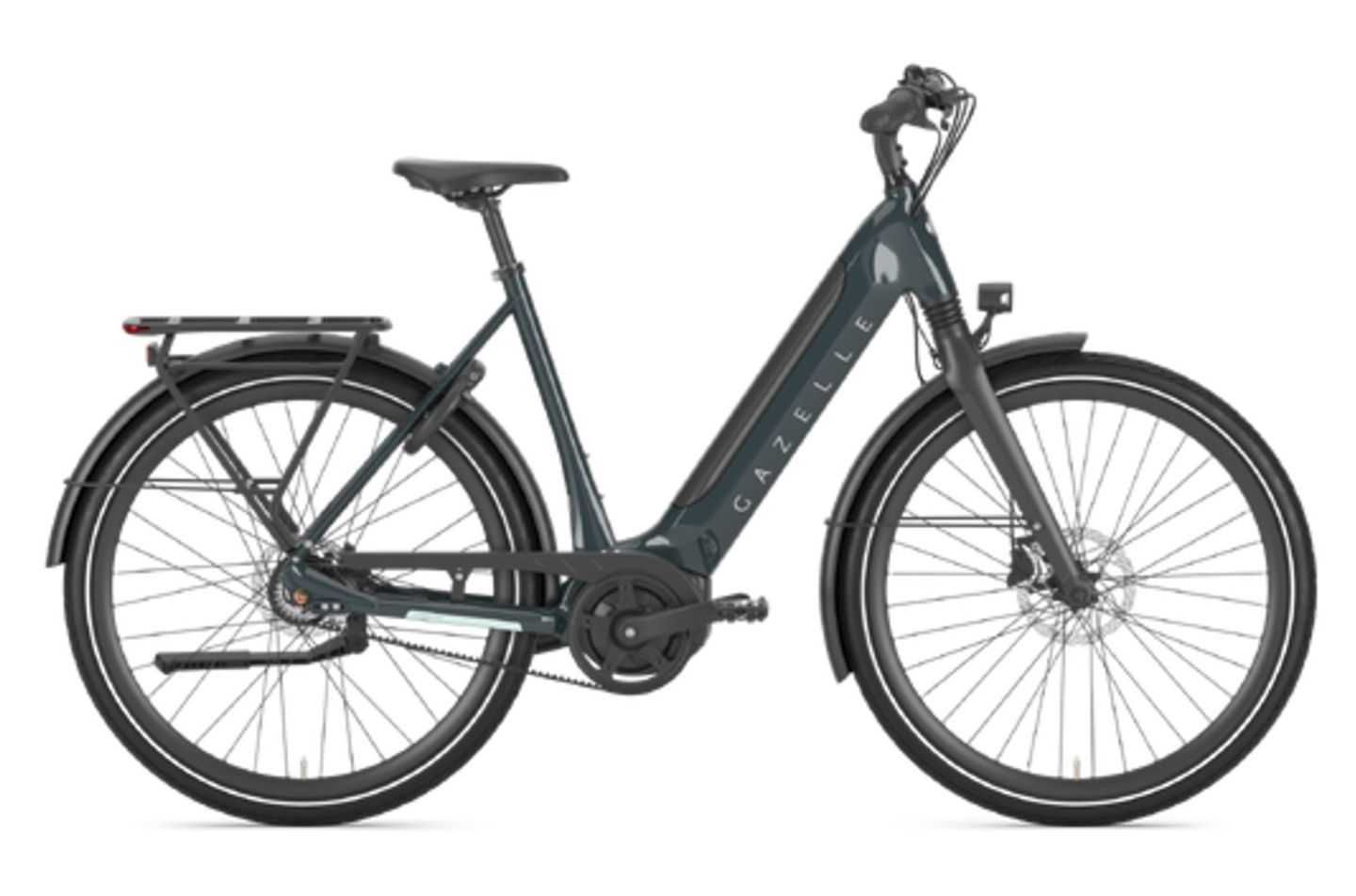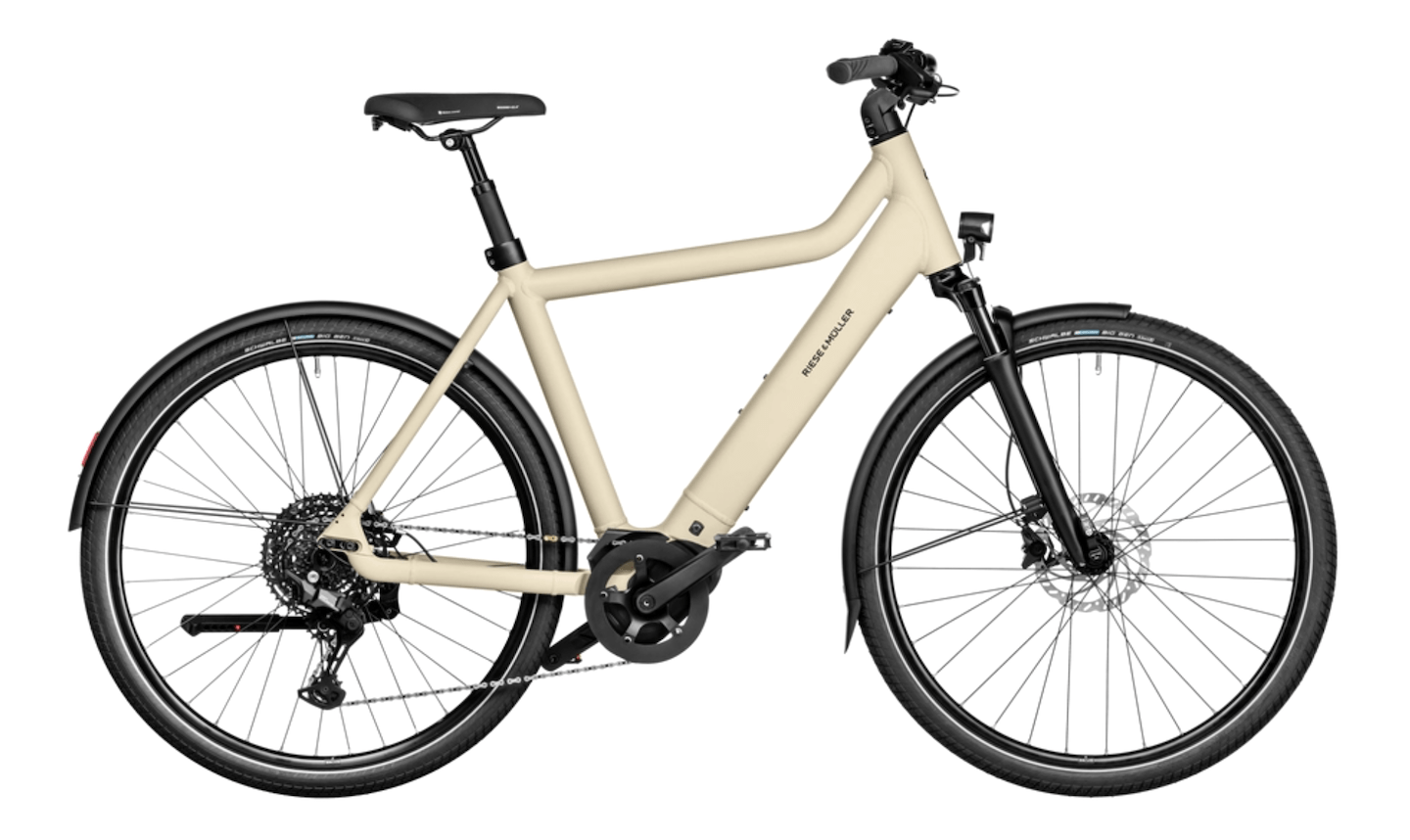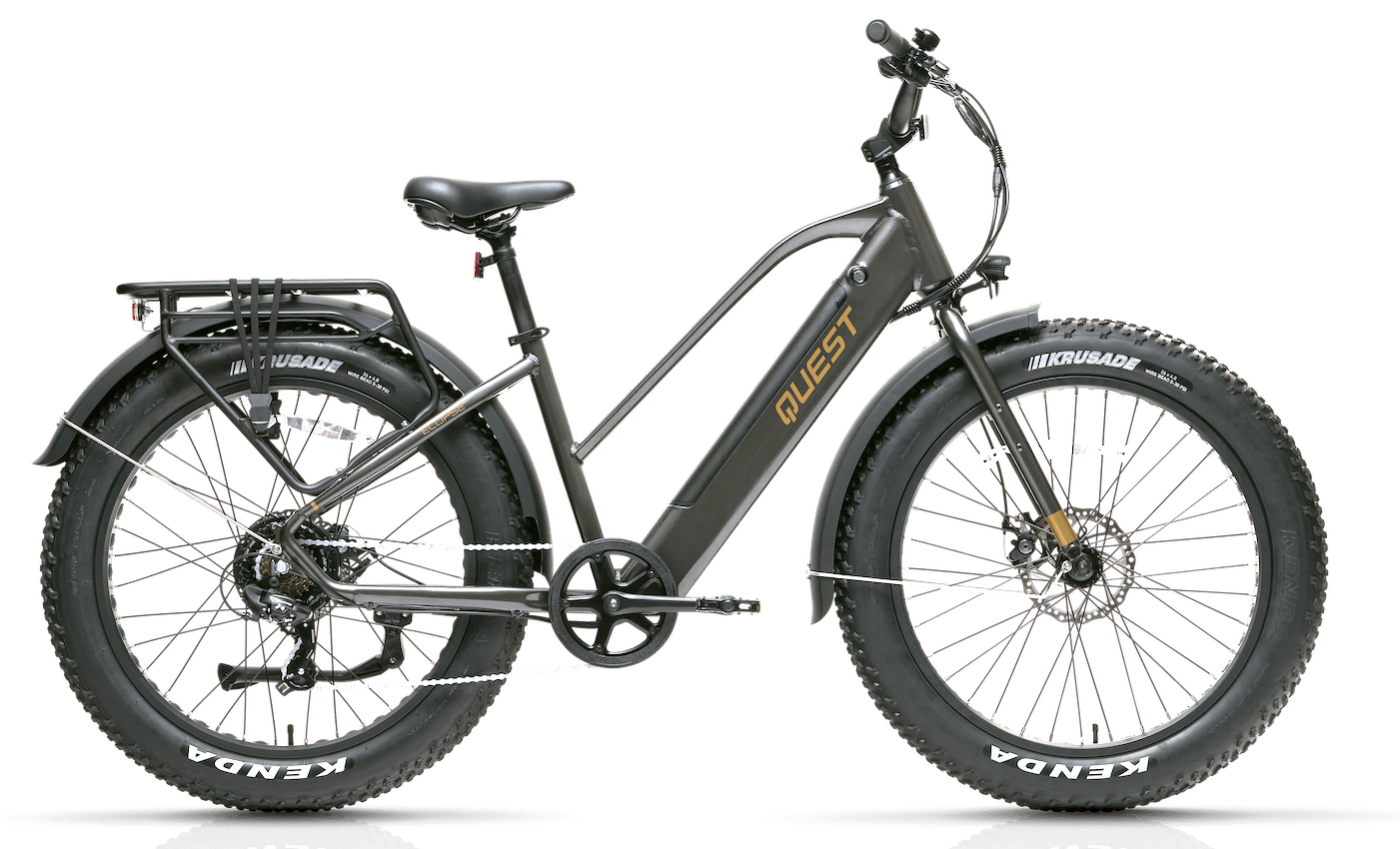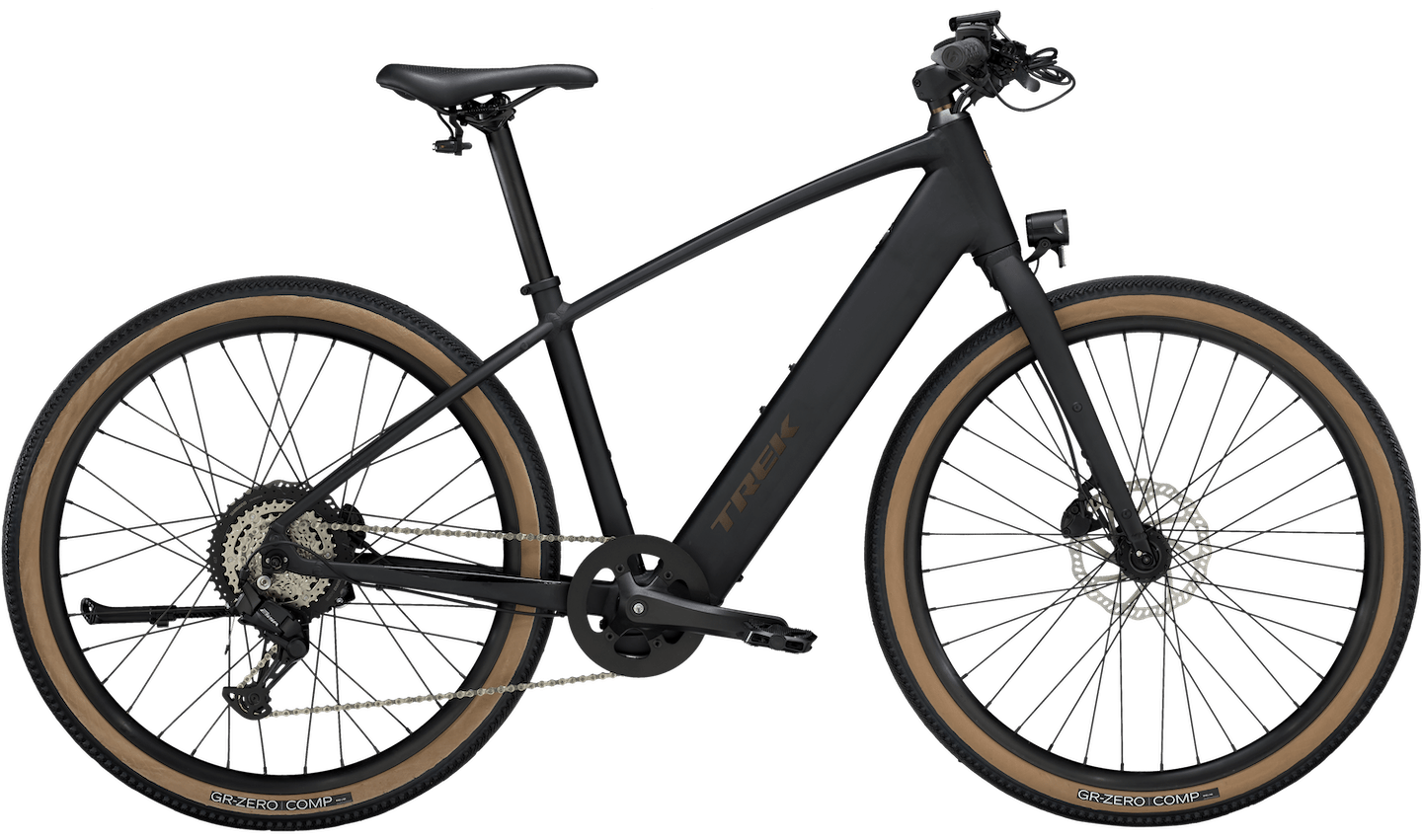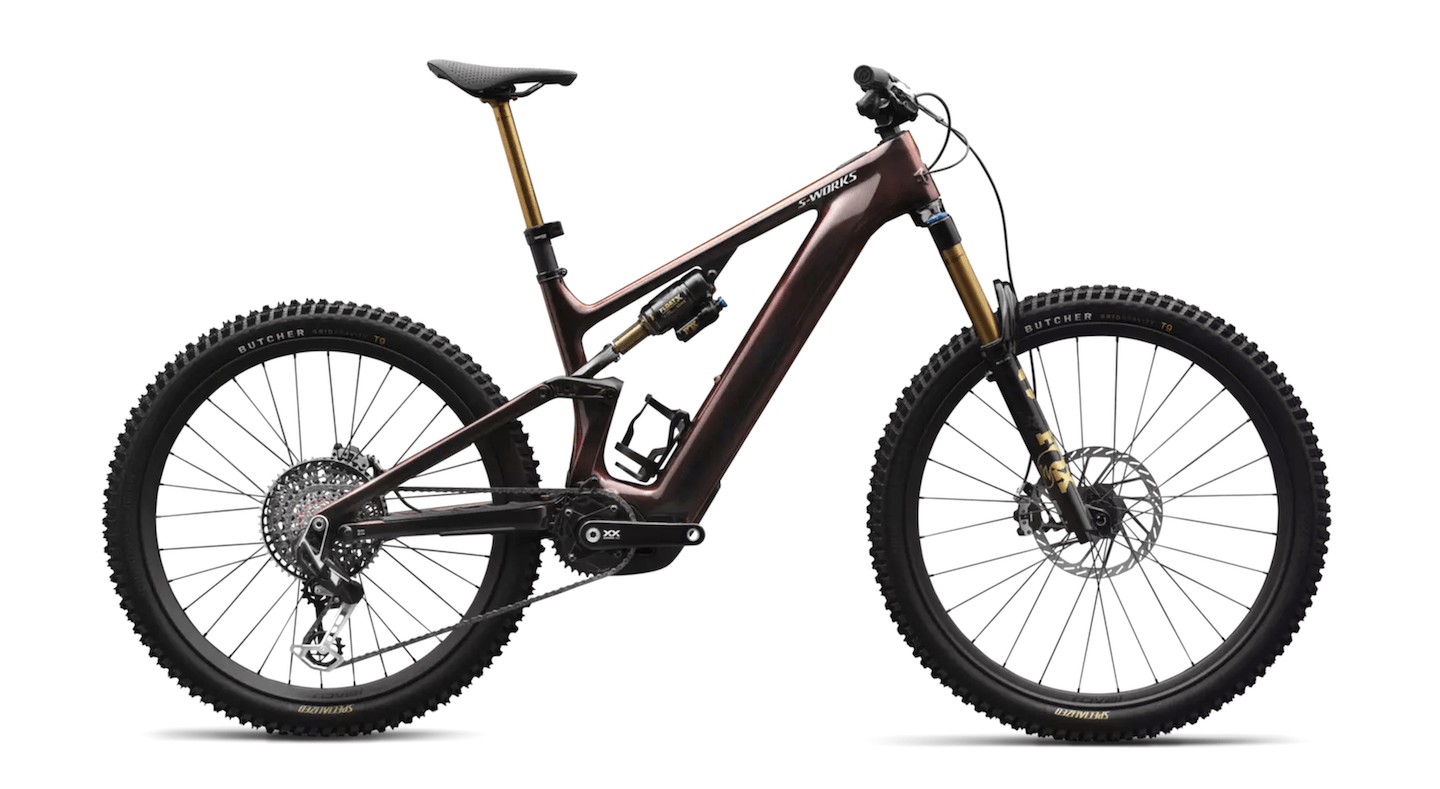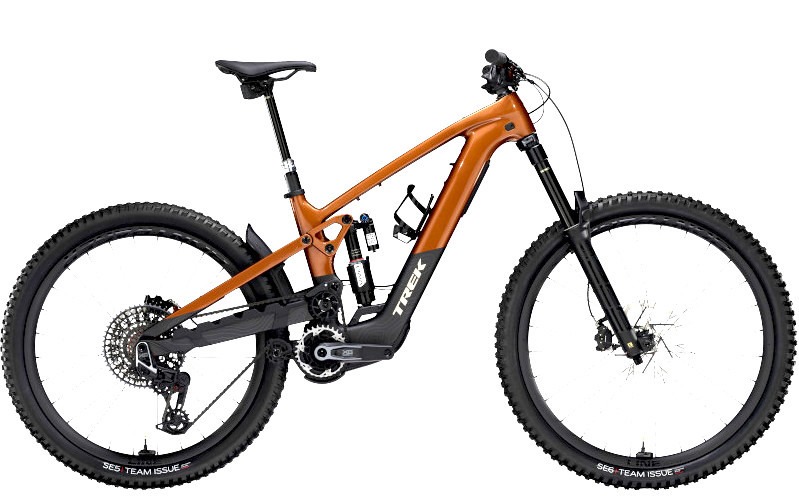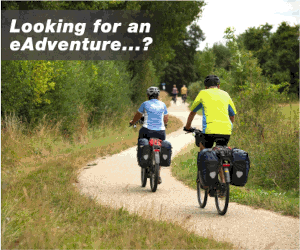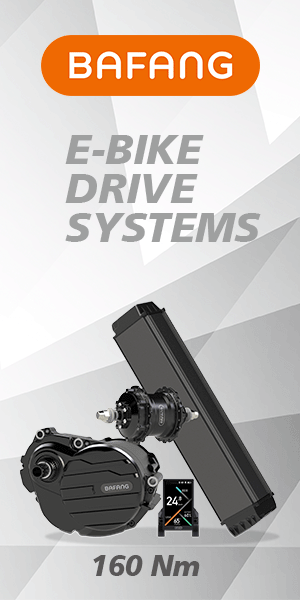November 18, 2020 - I love riding bikes, but my love of cycling does not extend to cycling up hills. One hill? Fine. I live in Hamilton, and the escarpment rail trails are too lovely to ignore completely. But multiple rolling hills? Not my first choice.

For this reason, I had yet to cycle on any of the Great Lakes to Greenbelt routes. Even though the routes looked beautiful, I had heard that they were quite hilly. Between the hills and the length of the routes, I was worried that I might not enjoy the ride. But last week I rented an e-bike to explore the Dundas Valley Loop, and couldn’t help but smile while climbing each and every hill with confidence and ease.

The Dundas Valley Loop is 56km of multi-use trails and on-road cycling that takes riders through urban centres and quiet rural areas. With beautiful scenery and easy to follow signage, this loop ended up being a perfect e-bike adventure, and a great way to explore more of the Hamilton-Burlington area.

Route highlights
I was thrilled when I found an e-bike rental place – Golectric – just across the street from the Hamilton-Brantford Rail Trail, so we started our day there, in Dundas. We were able to get on the trail using the unofficial trail entrance at the rear of University Plaza and we cycled the route clockwise.
It was great to start the day with a slow, peaceful climb up the escarpment. Given that it was unseasonably warm weather for November, there were many people out walking and cycling on the trail but it was easy to stay physically distanced.
Riding along the trail was also an opportunity to practice using the e-bikes. I got a better sense of when I wanted to shift gears vs. adjust the level of e-assistance. I also learned to decrease the assistance when coming to a stop, or going through the trail entry/exit gates, so that I didn’t unexpectedly thrust forward at full speed each time I started pedaling.
We took our first short stop at the Dundas Valley Trail Centre. It may have been a little early in the ride for a break, but it was hard to resist checking out the full sized train cars at the site.

When it was time for us to leave the trail, I was pleased to find lots of Greenbelt Route signage to guide our way. The only time I can remember there not being an advanced turn sign was at Christie Corners, where Binkley Road meets Highway 8. But we saw some route signage to the right along Hwy 8, which indicated that it was time to turn.
On my loose plan for the day, I had thought that our second stop would be at the historic Grist Mill ruins on Crooks Hollow Road, but we had such great downhill momentum that we kept going and stopped to overlook Spencer Creek a little further down the road instead. This was a nice quiet stop with lovely views of the creek from a small lookout area with a pedestrian bridge.

Most of the on-road cycling was fairly quiet in terms of traffic. On busier roads, like Governors Road, the extra boost from the e-bike was a big help. Moving a little bit faster made me feel like I was keeping up with traffic somewhat better, and shortened the amount of time we spent on those stretches of road.
The one place I was truly uncomfortable was the very short section on Highway 5, before turning onto Millgrove Side Road.
This section of highway was busy with cars and large trucks and I was quite worried that we would never get a gap large enough to actually cross. We did have a fairly wide gravel shoulder where we could wait, which was good. When we did get a gap, the e-assist helped to get moving quickly from a standstill. There was a left turn lane in the middle the highway that we could have used, but that was way outside my comfort zone.
Centre Road was also busy, but we were able to ride on the paved shoulder for most of the way. Twice it disappeared and turned into a sidewalk near a residential area and a school. We treated the first sidewalk like it was a multi-use trail, but the second sidewalk had no curb cut and we had to merge into traffic.

Cruising down the escarpment along Snake Road was beautiful. Like with Grist Mill earlier in the trip, our downhill momentum was too great to justify stopping for too many photos. This downhill momentum also made me glad that we chose to climb up the escarpment instead of this narrow and steep road, although we saw several people cycling on their way up. If that’s the type of challenge you are looking for from a bike ride, it would be a good one!


Our last stop of the ride was at LaSalle Park in Burlington to take in the views of Hamilton Harbour. We cycled all the way down LaSalle Park Road to the marina and watched the water sparkle in the sunshine. The view at the bottom of this hill was spectacular and if it wasn’t for the e-bikes, I likely would have missed it. At the end of a long ride, choosing to go down a hill you know you just need to bike right back up is not my preference, but I knew I’d have the e-assist to help me do it.

For me, that’s what the e-bikes were all about. It wasn’t so that I could travel at high speed and complete the ride in record time. In fact, several groups of people cycled past us along the way and I finished the ride having only used two-fifths of the battery. I liked that the e-bike allowed me to maintain a fairly consistent pace despite any hills and some wind. I didn’t feel like I needed to have trained for weeks ahead of time and I felt great afterwards as well.
The magic of e-bikes were that they gave me the confidence to do something I otherwise would not have done, and I’ve never had so much fun on a route with rolling hills.
A few route changes
While we followed the loop pretty closely, we made a few small adjustments along the way.
Unfortunately, the Valley Inn Bridge has been closed for most of 2020 because of structural issues. The McNally Foundation has announced a $1 Million donation to cover the repairs, but there isn’t a firm timeframe attached to that yet.
To navigate around the closed bridge, we stayed on Plains Road West in Burlington instead of turning onto Spring Gardens Road. Plains Road is a busy four-lane road with an intermittent painted bike lane, but it turns into York Boulevard once you arrive in Hamilton and seamlessly connects back up with the original route.
We also skipped the stairs that connect York Boulevard to the Waterfront Trail and Princess Point below. There’s a narrow bicycle push-ramp on these stairs that you can use to guide your bike, but there are quite a few steps. Seriously, it’s A LOT of steps and e-bikes are heavy.
I already find it a challenge with my regular bike, and knew that the added weight of the battery would make it next to impossible for me to control the e-bike on the way down. There are a few alternate routes available.
If you don’t mind adding a few extra blocks to your trip, you can still cycle along the Waterfront Trail and through beautiful Princess Point. By staying on York Blvd until you reach the Bay St bike lanes, you can connect into the trail at Bayfront Park (map).
For a shorter alternate route, stay on York Blvd and follow the King St bike lanes (map). You’ll need to watch out for fast moving cars while crossing the 403 on-ramp, but once you do that you’re in a bike lane that will take you right into Westdale Village and back on track with the original route.

Avoiding the stairs – King Street alternate

Avoiding the stairs – Bayfront alternate
Using Ride With GPS (RWGPS)
The other new experience for me on this ride was using Ride With GPS. Having never used this app before, I downloaded it at home so I could explore the features beforehand.
Finding the route map was pretty easy and I was able to save it in my offline Library within minutes. I checked out the route features highlighted on the map and confirmed the app had access to my location. I thought that I was good to go!
What I didn’t notice anywhere on the map was the direction of travel, and no direction arrows had appeared on my screen so far. Once I got on the trail and got on my way, the app kept beeping and prompting me to turn around. We were heading clockwise up the Hamilton-Burlington Trail, and the route directions were set up to go counter-clockwise.
Hopeful that we could simply reverse the route, we pulled over and played around on the app. Although there is an option to reverse the route, the app only allows you to save the changes if you have a paid account. I was not interested in a paid upgrade and decided that I would just turn off the prompts so that I could no longer hear the constant reminders that I was apparently going the wrong way.
I could still see where we were on the map and the outline of the route so this worked for a while. When we got to Greensville my battery was below 20% despite starting the ride with a fully charged phone.
By this point I had seen how great the route signage was and decided I didn’t need the directional support from the app, so I turned it off to conserve my battery. RWGPS was a very helpful at-home planning tool through the Great Waterfront Trail website, but I likely would have been fine without it while out cycling.
All in all, it took us about 5 hours to complete the route, including a few short stops. It was a truly enjoyable trip that has inspired me to check out more of the 10 Great Lakes to Greenbelt Routes in the near future, by e-bike of course.
Check out the Dundas Valley Loop
Great places to stop for snacks
Waterdown at the Copper Kettle , Royal Coachman or Jitterbug Cafe.
Dundas at the Dutchmill Country Market





